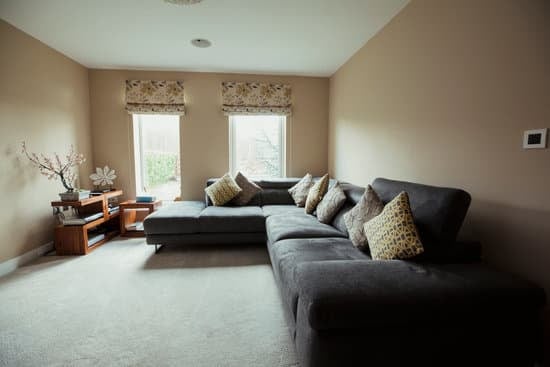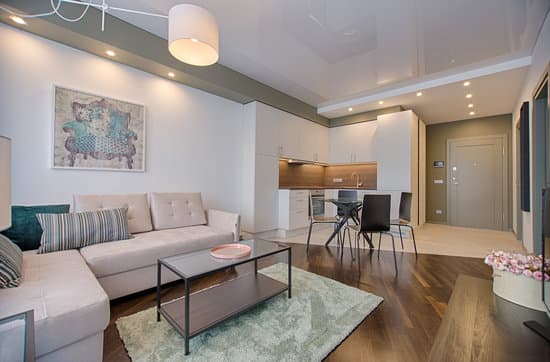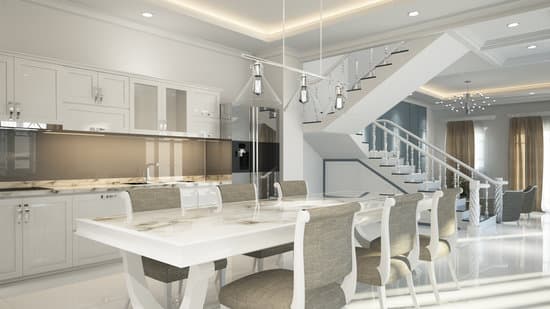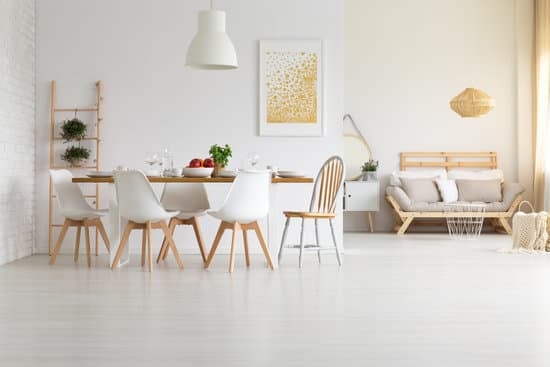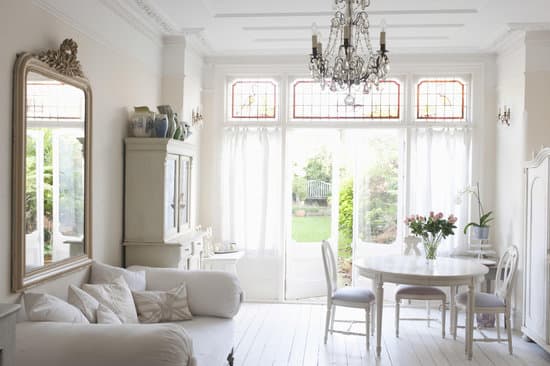Chinese architecture is a treasure trove of decorative elements that have stood the test of time and made their way into modern designs. The intricacy and attention to detail of these elements continue to astound construction and design enthusiasts all over the world. Some of the most notable decorative elements of Chinese architecture include:
Carved beams and painted rafters – these add a touch of elegance and sophistication to the interiors of buildings.
Couplets inscribed on boards – these were often hung on pillars and used to convey good wishes and blessings to the occupants of the building.
Wall paintings – these were used to create a vibrant ambiance in the interiors of buildings by adding color and telling stories through intricate designs.
Screen walls – these were used to add privacy and a sense of grandeur to buildings.
Stone lions and ornamental columns – these were used to embellish the exteriors of buildings and create a sense of strength and stability.
Flowers – these were sometimes used as ornamental elements and added a touch of natural beauty and color to buildings.
These decorative elements of Chinese architecture have stood the test of time and are still used in modern designs worldwide. They add a touch of elegance, sophistication, and cultural richness to our homes and buildings.
Chinese architecture is known for its intricate design and detail, with an emphasis on decorative elements that elevate the aesthetic appeal of both interiors and exteriors. From carved beams to painted rafters, the decorative features of Chinese architecture come together to create a vibrant and elegant design.
What are the decorative elements of Chinese architecture? Exploring dragon motifs, lattice windows, and more.






